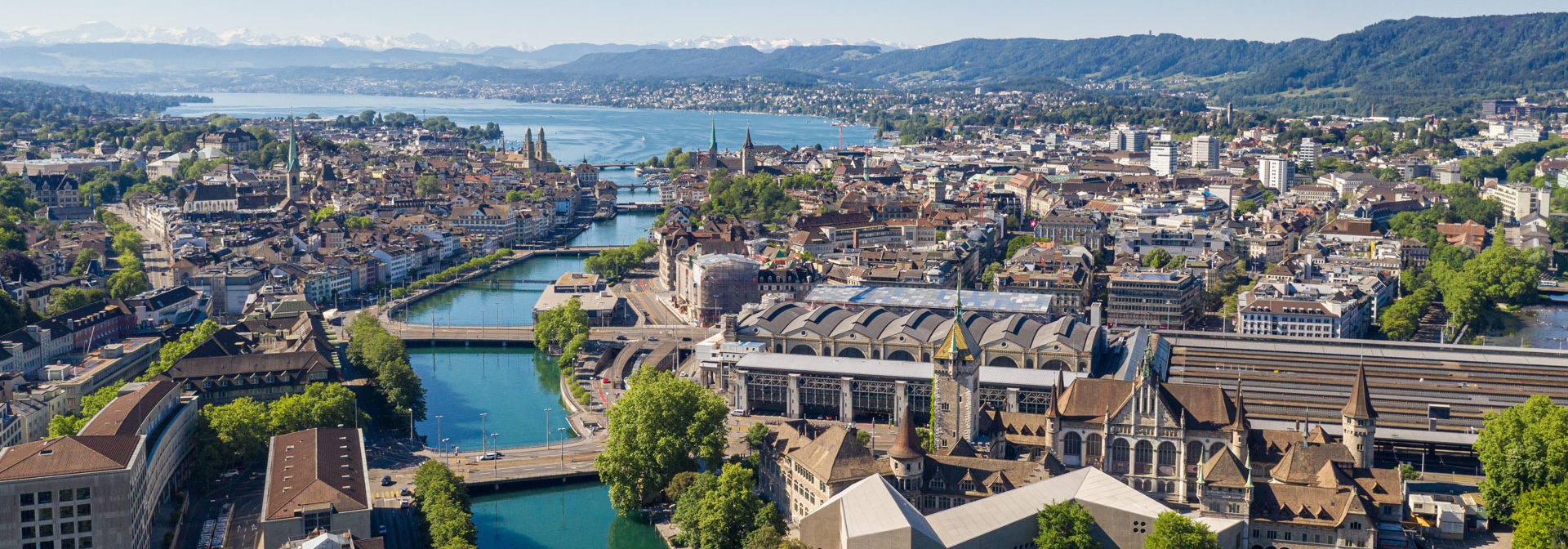
A quantum leap to increase transmission capacity
GGA Maur is a Swiss operator that provides TV, Internet and telephony services to over 24,000 households that are located close to Zürich. In 2012, the company started strategic planning of its “Next Generation HFC-Network”. The target of the project is to increase transmission capacity per customer tremendously by implementing deep fibre architecture.
Since January 2013, Helltec Engineering AG, Teleste’s long-term partner and co-operator in Switzerland, has been working on the technological realisation of the project, taking responsibility for network design and planning as well as for upcoming upgrades, integration and hardware replacements. Based on Helltec’s network infrastructure plans, GGA Maur chose to carry the project out using Teleste’s HFC network and headend solutions and products.
Customer need
The customer will always need more and faster services. The constant increase in demand for higher transmission capacity caused by IP based video on the one hand, and ultra-fast internet access otherwise is the main driver for the ongoing network upgrade. The concept chosen to perform this big step towards next generation HFC networks allows GGA Maur to immediately respond to the demands of the market. This can be done by reducing the logical cell size exclusively at the central headend, without the need of touching node locations out in the field. This gives a unique flexibility and helps GGA Maur to assure that their customers will have powerful network-access and advanced services also in future.
Solution to customer’s need
The target of the project is to increase transmission capacity per customer tremendously by implementing deep fibre architecture without cascading amplifiers after the nodes. In this context the average physical cell size will be cut to 8 customers per node. For multi dwelling units (MDU) there will be one or more nodes installed inside a building, depending on the amount of single homes. For residential areas with family homes, clusters of 8 homes at most will be served by one node.
All of the nodes – around 2.600 in total – are connected to a central headend which accommodates optical transmission equipment as well as CMTS and Edge-QAM devices. In the forward path 8 nodes are fed by a single transmitter which means a logical cell size of maximum 64 customers. Due to a lack of fibres between node location and headend CDWM technologie is applied in the return path. Therefore 8 return transmitters are multiplexed to one fibre together with the 1310 nm wavelength of the forward path. In the beginning return path wavelength are not demultiplexed at the headend site and fed directly to the receiver unit. As capacity demand will increase over the next years, adding optical demultiplexers will give an additional boost in return path capacity.
Products and solutions delivered:
- HDO headend optics for a reliable, robust and versatile solution for optical data transmission in the HFC network. The highly compact equipment saves space in hubs and also headend space and yet provides high efficiency and functionality.
- AC8700 intelligent fibre optic node to achieve higher network transmission capacity with lower operating costs together with CATVisor EMS, the AC8700 enables automatic ingress control.
- CATVisor EMS system for monitoring and configuring network elements in the network environment.
Intelligent network management:
One of the solutions being implemented as part of the project is Teleste’s CATVisor EMS, which is an element management software programme that enables intelligent ingress control within networks. As part of Teleste’s Intelligent Networks concept, CATVisor EMS makes it possible to handle ingress faster and in a more selective way, reducing network downtime and service distortions. The software offers:
- An inventory of connected network elements and their identification data
- A graphical representation of the network as a directory tree
- Logging of element alarms, warnings and notifications
- Filtering and sorting of the event data
- Monitoring of element changes
- Backing up element configuration data
- Logging of element’s critical operating parameters
- Password-protected access to management information and elements
Benefits achieved
- Higher bandwidth and network transmission capacity
- Faster Internet access and more services for network subscribers
- Increased customer satisfaction since single-step transformation spares customers from the need to adapt to frequent changes and invest in new devices
- Effective ingress control results in increased network uptime and a reduced need for on-site maintenance
- Intelligent, automatically aligned and remotely configurable nodes
- Future-proof equipment creates an intelligent investment for years to come
Customer comments / quotation
We have invested millions of euros in our network infrastructure in the past years and will continue. Main driver for the ongoing network upgrade is the constant increase in demand for higher transmission capacity caused by IP based video on the one hand, and ultra-fast internet access otherwise. The concept chosen to perform this big step towards next generation HFC networks allows us to immediately respond to the demands of the market. This can be done by reducing the logical cell size exclusively at the central headend, without the need of touching node locations out in the field. This gives us a unique flexibility.
Working with reliable partners like Helltec Engineering AG and Teleste Corporation helps GGA Maur to assure that our customers will have powerful network-access and advanced services also in future.
Beat Ambühl, CEO GGA Maur, Switzerland.
Helltec is pleased to support GGA Maur in this challenging project. In demanding customer projects like this, we have learned to rely on Teleste’s high quality products that create future-proof grounds for long-term network infrastructure and service development.
We are confident that our partnership with Teleste will enable GGA Maur to step smoothly and efficiently to the next generation of HFC networks.
Franz Hellmüller, CEO Helltec Engineering AG